Worm Gearbox for Xenobiology Research Equipment
Worm gearboxes are essential components in a myriad of machinery, including xenobiology research equipment. In this article, we explore the application of worm gearboxes in this field, their working principles, selection criteria, and much more.

Application of Worm Gearbox in Xenobiology Research Equipment
The worm gearbox, also known as a worm drive, is an integral part of xenobiology research equipment. This is because the equipment requires precise motion control, a feature inherent in worm gearboxes. Furthermore, worm gearboxes provide high torque transmission, which is critical in the operation of the research equipment.
Why Worm Gearbox is Suitable for Xenobiology Research Equipment
- Torque transmission: Worm gearboxes are known for their ability to transmit high torque, which is necessary for the operation of xenobiology research equipment.
- Precision control: The equipment requires precise motion control, which is a feature inherent in worm gearboxes.
- Reliability: Worm gearboxes are known for their reliability and longevity, making them suitable for this application.
- Compactness: Their compact nature makes them ideal for use in equipment where space is a constraint.
- Noise reduction: Worm gearboxes operate quietly, which is beneficial in a research environment.
Working Principle of Worm Gear Motor
A worm gear motor operates on the principle of a worm (a gear in the form of a screw) meshing with a worm gear to transmit power. The worm can easily turn the gear, but the gear cannot turn the worm, providing a braking or self-locking feature. The worm gear motor's unique design enables high torque transmission, making it suitable for various applications, including xenobiology research equipment.
Choosing the Right Worm Gear Reducer for Your Application
Choosing the right worm gear reducer is crucial to the optimal performance of your equipment. Here are some factors to consider:
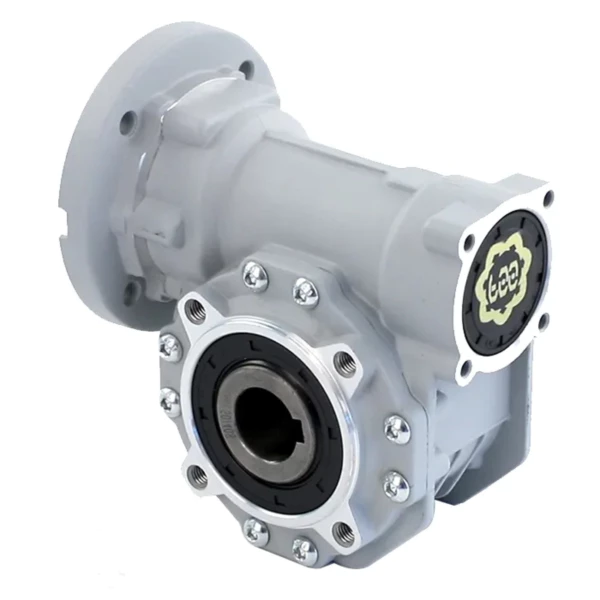
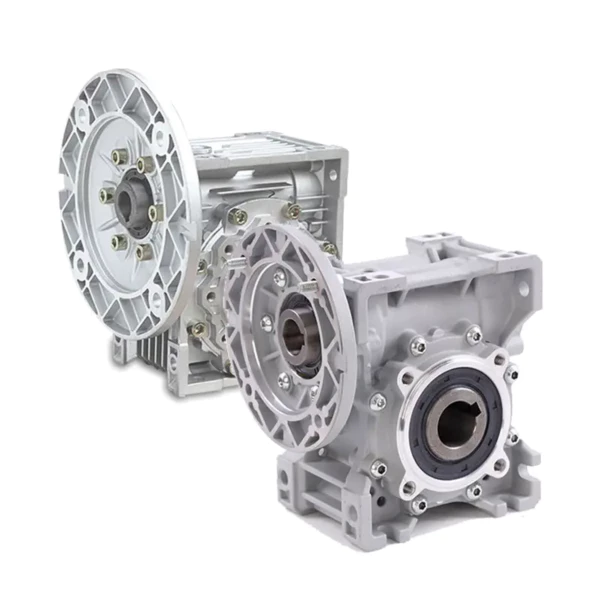
- Load capacity: The reducer must be able to handle the equipment's load requirements.
- Speed requirements: The speed at which the reducer operates should align with the equipment's needs.
- Size and installation: The reducer should fit the available space and be easy to install.
- Efficiency: Choose a reducer that operates efficiently to minimize energy consumption.
- Durability: The reducer should be durable and able to withstand the operating conditions.
Motors for Worm Gear Reducers
Electric motors and worm gear reducers are inseparable. The motor provides the power that the reducer transmits to the equipment. The efficiency and performance of your equipment are as good as the motor and reducer you choose. We also provide high-quality electric motors specifically designed to work with worm gear reducers.
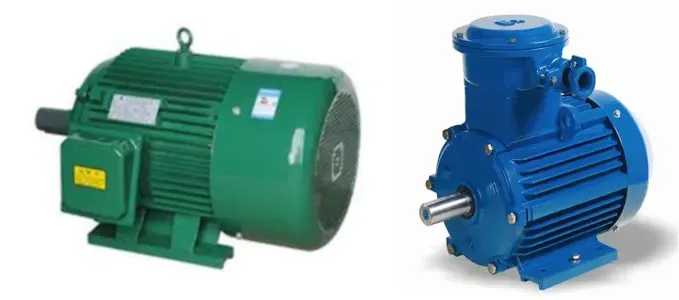
About Us
We are a comprehensive transmission equipment manufacturer with more than 15 years of experience in designing and manufacturing gearboxes. Serving customers worldwide, we've earned a reputation for providing the highest quality products, exceptional service, and competitive prices.
Our main products include the MRV series worm gear reducer, GV series gear reducer, RT series solar reducer, XV series planetary reducer, BD series harmonic reducer, and various types of non-standard reducer. Welcome and trust by customers.
Explore our range of worm gearboxes for xenobiology research equipment, and experience the difference in quality and performance. Contact us today to make your purchase.
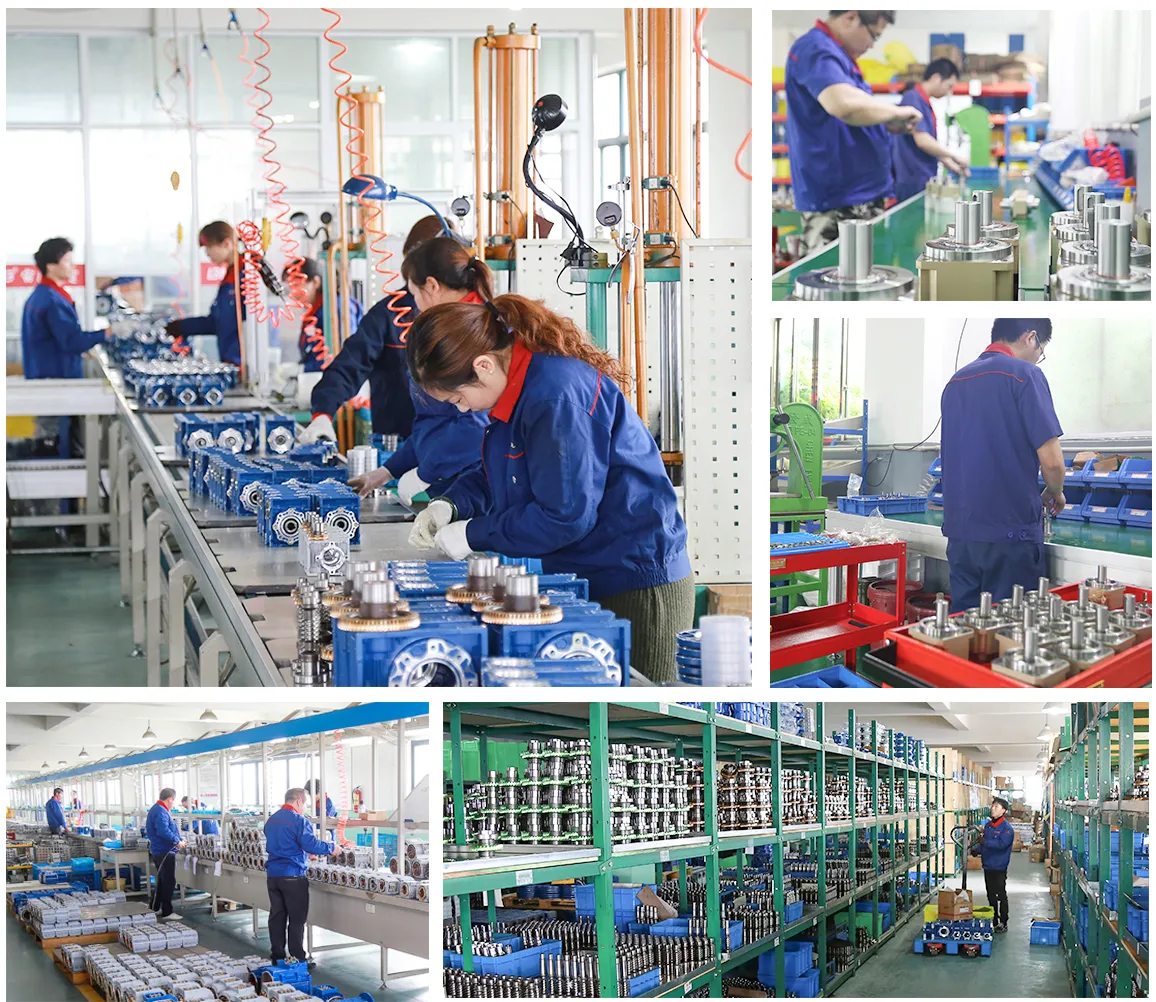
FAQs
Q: What is a worm gearbox?
A: A worm gearbox is a type of gear system that uses a worm (a gear in the form of a screw) to turn a worm gear, providing high torque transmission and precise motion control.
Q: Why is a worm gearbox suitable for xenobiology research equipment?
A: Worm gearboxes are suitable for this application due to their high torque transmission, precision control, reliability, compactness, and noise reduction.
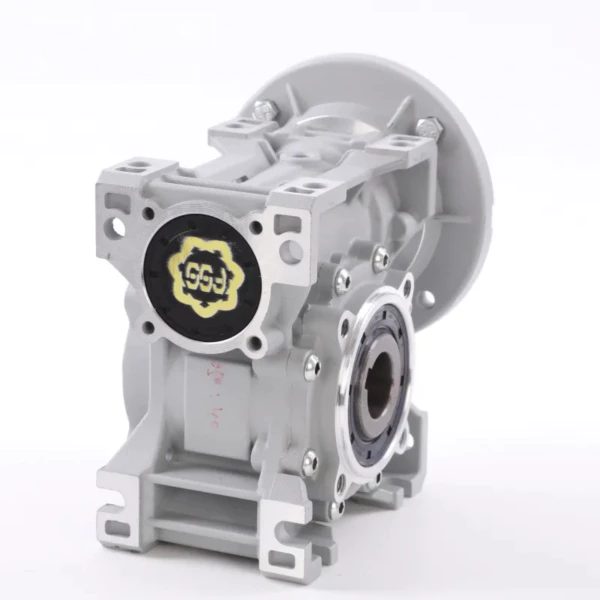
Q: How do I choose the right worm gear reducer?
A: Consider factors such as load capacity, speed requirements, size and installation, efficiency, and durability.
Edited by Zqq.
